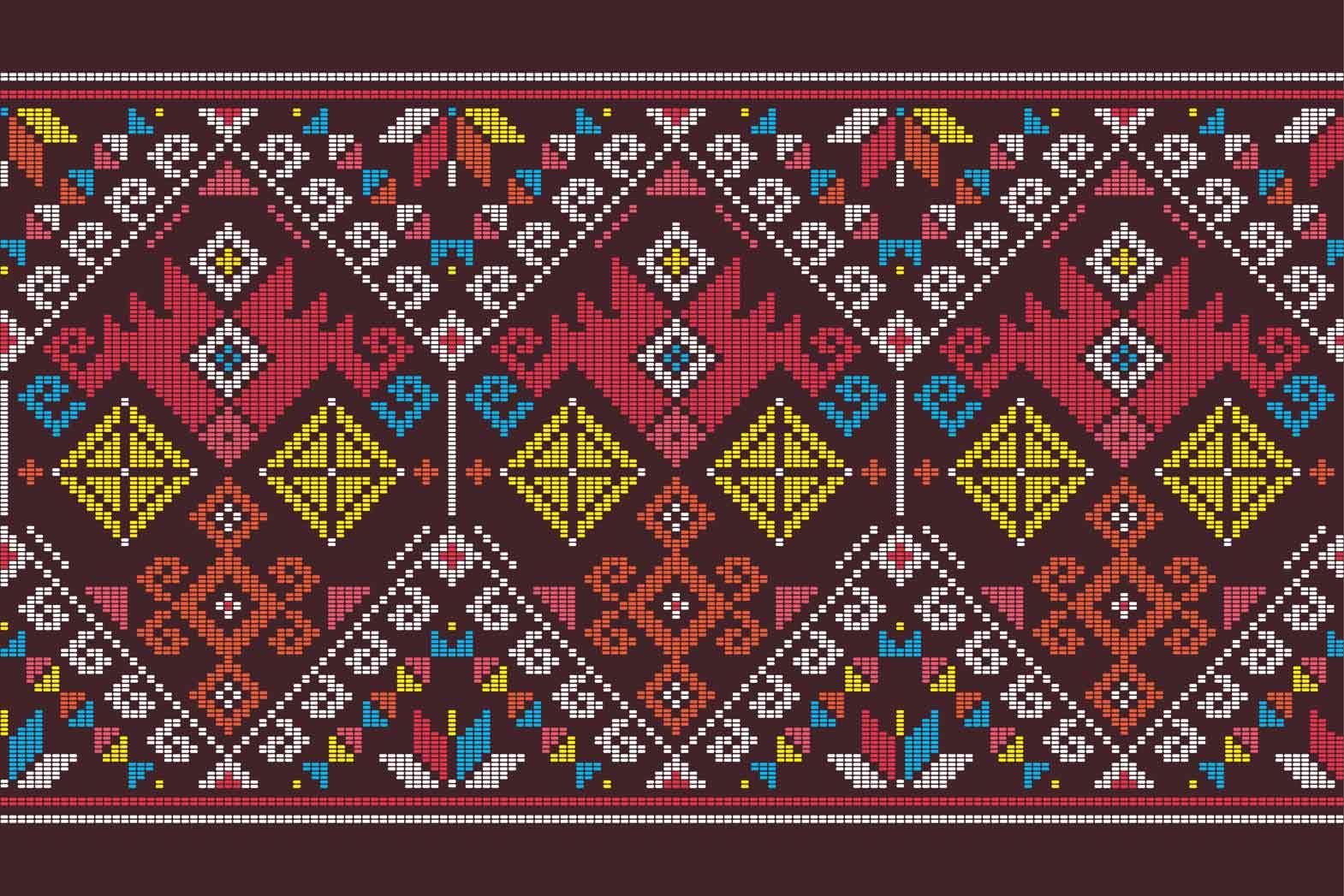India, the country has the rich heritage of culture, tradition, art, music, literature, sculpture and exhibits 'Unity in Diversity' through variegated charms of festivals, rituals, art, music, costume and languages. Clothing plays an important role in the life of every individual since it is symbolic. It is a symbol to identify the groups of people region wise, culture wise and designates ranks, role, occupation, status, standard of living of a community at large. Clothing is not only the article used by people to cover but also apart and parcel of decoration that encircles, includes, painting, dyeing, printing, embroidery, hair dress, footwear and other accessories.
Indians are world famous for their magnificent workmanship and produce the most beautiful hand spun and hand woven textiles, yet preserved and exhibited in many of the known Indian as well as western museums.
Whilst the vast majority of the art is old and it has been handed down through the generations, it is continually refined and new knowledge developed over a period of time. These "traditional art" are an important part of our cultural identities. Traditional textile has played, and still plays, a vital role in the daily lives of the vast majority of people.
This article was originally published in the Textile review magazine, March, 2013 issue, published by Saket Projects Limited, Ahmedabad.
About the Authors:
Dr. A.K. Khare is the Director of the National Institute of Fashion Technology, Raibareli.
Vasant R. Kothari is an Assistant Professor at the National Institute of Fashion Technology, Bangalore.
Pooja Mishra is a post graduate in Master of Fashion Technology from the National Institute of Fashion Technology, Bangalore.

20240830145908.gif)
20240924091633.png)

20240924111837.jpg)




Comments